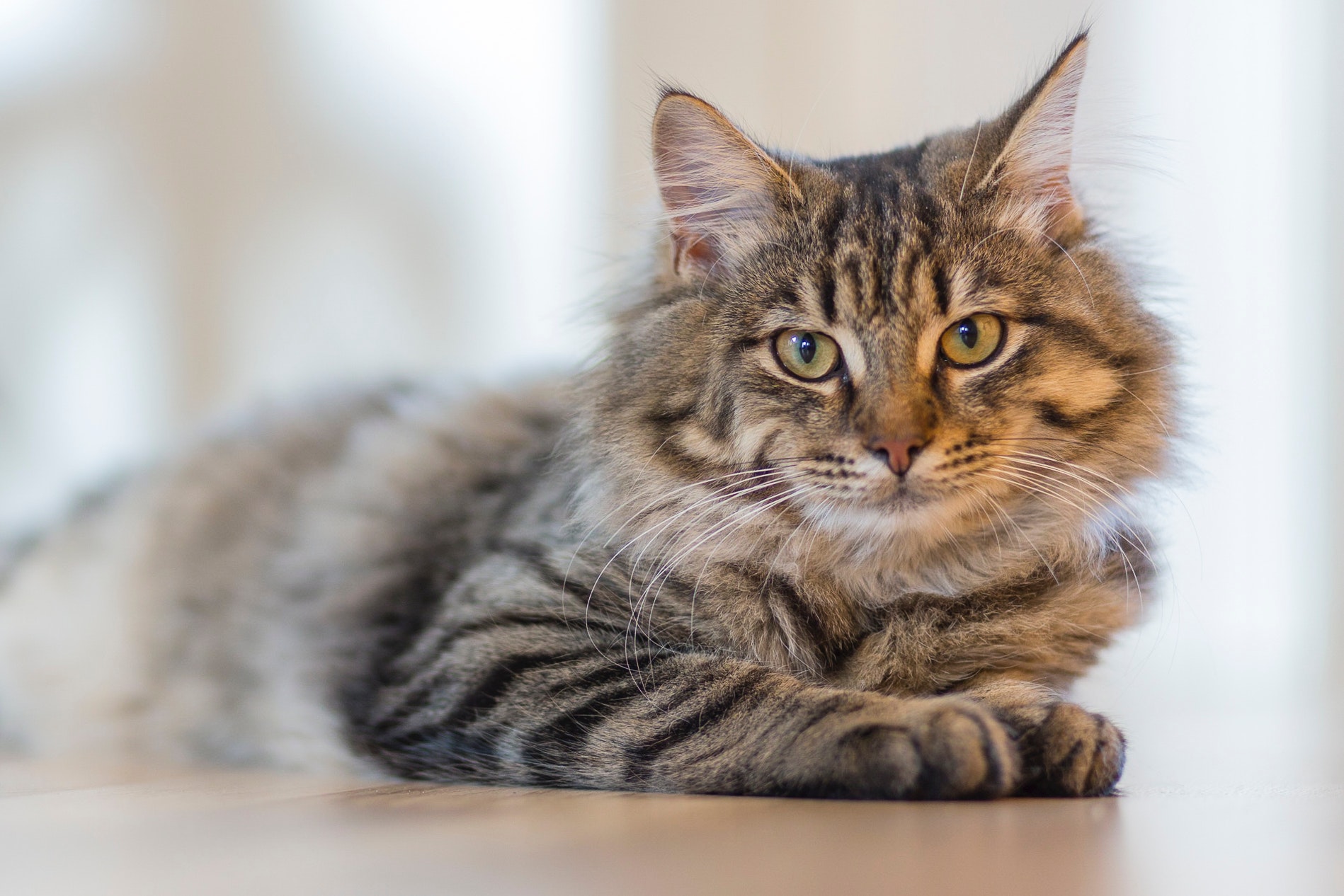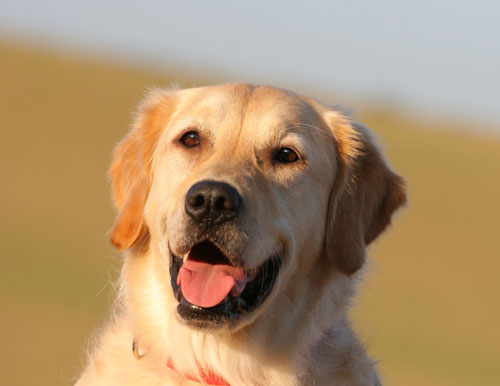Dental home care for your dog or cat can make a tremendous difference to their comfort and health, as well as your veterinary dental bills.
The aim of dental home care is to minimise the build-up of plaque on the teeth, and prevent mineralisation (hardening) of plaque to form calculus (otherwise known as ‘tartar’).
Plaque can be disturbed by mechanical methods such as tooth brushing and chewing. Chemicals can also be used to kill plaque bacteria or slow down tartar formation, and are a useful addition to mechanical methods. Combining several methods will generally achieve the best results.
Home care products do not replace the need for regular dental checks and professional dental care under anaesthesia. Even humans who brush their teeth twice a day, floss and use mouthwash need to have their teeth examined and professionally cleaned by human dentists on a regular basis. Home care spaces out the need for professional care, and means that teeth are less likely to be lost or irreversibly damaged.
Toothbrushing
If your pet will allow it, tooth brushing is the single most effective way of controlling plaque. Brushing disturbs the layer of plaque forming on the teeth before it can harden into tartar. Ideally this should be done daily. Many pets will accept brushing if it is introduced slowly and associated with a reward.
Dog and cat toothbrushes and toothpastes are readily available. Toothbrushes need to have soft bristles – you can use a very soft human toothbrush, but many people find pet toothbrushes easier to use as they have the head angled in a direction that makes it easier to reach the back teeth.
With toothpaste, it is important to use one designed for animals, as human toothpaste is not designed to be swallowed (and dogs are not good at rinsing and spitting). Besides, in flavours such as chicken, beef and tuna, it can help make brushing a treat! Alternatively, oral antiseptics can be used, or just water alone – most of the benefit is actually from the brushing action.
It is very important to have your pet’s mouth examined by a vet before commencing a brushing program, as the presence of any existing disease may make the experience painful – you can then start safely once any disease is under control. Once plaque hardens to calculus, it cannot be removed by brushing alone, so if your dog or cat has visible tartar, having this professionally removed first will make any homecare you perform much more effective.
Chewing
Dogs love to chew, and this has the added benefit of helping to keep their teeth clean. Chewing has an abrasive action that helps remove plaque – however it is important to offer something that is safe (not too small, hard or brittle) yet still effective.
Cats tend to be a bit more finicky than dogs, but can be convinced to chew if offered something interesting and tasty!
Bones are very popular in Australia and have the added benefit of providing enjoyment and boredom relief. However, they should be used with caution as there are some potential complications:
- Some pets will break their teeth on them, particularly the upper carnassials (large cheek teeth). This can lead to infection of the jawbone and tooth root abscess if left untreated.
- Bones can cause gastrointestinal obstruction and trauma. Cooked bones should never be fed as they are brittle and prone to splintering. Match the size of the bone to the pet (ask your vet for advice if you are unsure) to try and minimise the risk of choking or obstruction.
Avoiding Dental Damage
Some pets may chew bones for years and never have a problem, whereas others chew in such a manner that makes them highly prone to dental damage. You should supervise your pet and remove any bones if concerned about their chewing behaviour.
‘Softer’ chewing options that are widely available include special dental diets and a range of chew treats and toys.
Dental Diets
Although dry foods may help disturb plaque, many are not particularly effective in slowing down periodontal disease as they shatter when bitten, and therefore do not require much actual chewing.
However, some pet food companies have now released both canine and feline ‘dental diets’ which have been scientifically proven to help reduce plaque and/or tartar buildup. These may work by physically cleaning the teeth (they do not fall apart easily when chewed) or by the addition of chemicals that prevent the hardening of plaque to form tartar.
Some foods carry the Veterinary Oral Health Council (VOHC) seal which means they have been independently shown to be effective in reducing plaque and/or tartar accumulation. However, not all companies have sought to use this logo, so just because a product does not display it, this does not mean it is ineffective in slowing down periodontal disease. Choice of diet may be affected by other health issues, so it is a good idea to get professional advice on which diets are most suitable for your pet – the best place to start is your local vet hospital.
Chew treats and toys
Other chewy options include specially designed dental chew treats (which may also be impregnated with chemicals that retard plaque growth), rawhides, pigs’ ears, and chew toys (such as rubber Kong toys).
As with bones, careful consideration of size, hardness and brittleness is very important in minimising the risks. Hard toys (including some toy bones) should be avoided as they increase the risk of dental fracture. Tennis balls are very abrasive and can cause excessive tooth wear. As with bones, supervision of your pet while chewing is recommended.
Dental Antiseptics
Antiseptics kill plaque bacteria, and are most effective when combined with a method that physically disrupts the plaque layer to allow them to penetrate properly (this is why dentists don’t recommend we use mouthwash alone as a substitute for brushing our teeth!).
They are available in several forms, including rinses, gels, pastes and water additives. Cats in particular may find some of these ‘offensive’ to their sensitive palates, so ask your local veterinary hospital for advice on which product is best suited to your pet.
Dr Christine Hawke BSc (Vet) (Hons) BVSc (Hons) PhD MACVSc (Vet. Dentistry)
Sydney Pet Dentistry www.sydneypetdentistry.com.au




